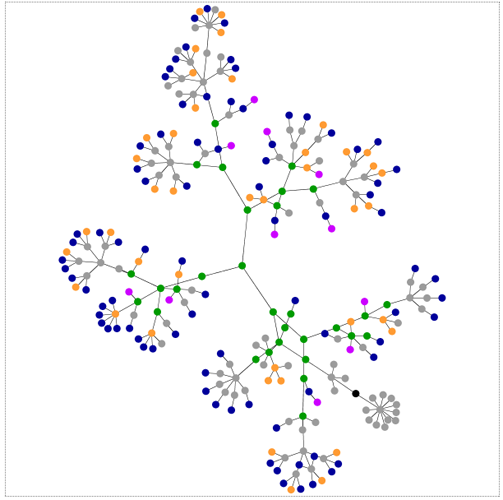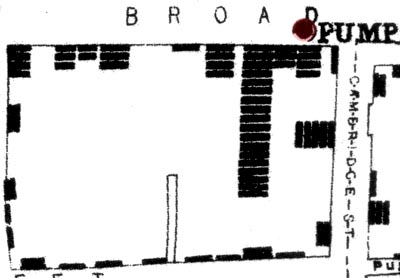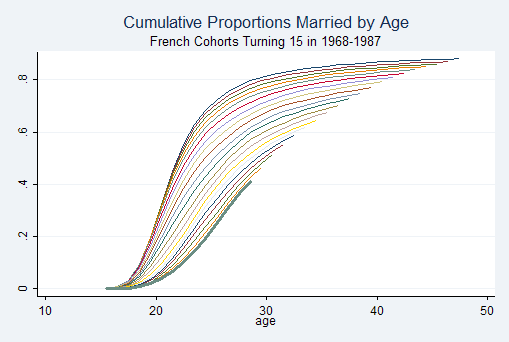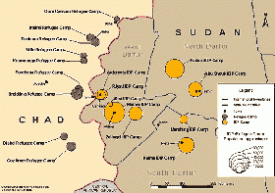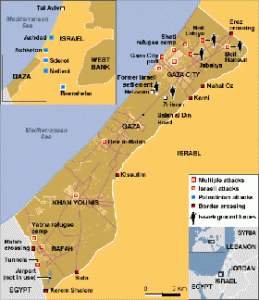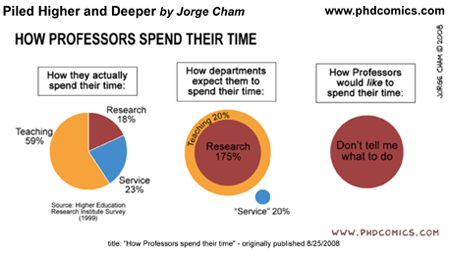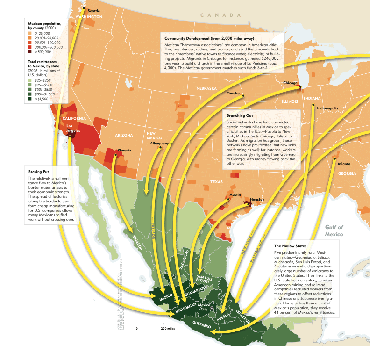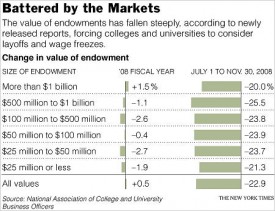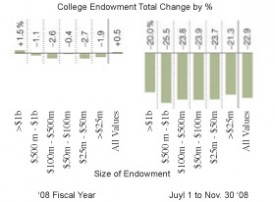
What Works
Wordles are generated by inserting a block of text into an algorithm that filters out typically common words like ‘the’ and ‘they’ and then picks out frequently used but relatively uncommon words like ‘Mexico’ and ‘resistance’. These images get used occasionally in academia on websites where people want to use images to represent something like a talk or paper where they don’t actually have images that go with that talk or paper, but they do have an abstract, transcript, or full text of the talk or paper. In the sense, that a wordle is a relevant image to stick in the hole reserved for images. In another sense, I encourage you to go out and find public use images that are available, relevant to the talk/paper, and intellectually provocative rather than creating a Wordle.
What Needs Work
Wordles appear to tell you something you didn’t know by revealing patterns. In fact, Wordles are bizarre artifacts that sit somewhere between images and text. As images, they are fairly ugly agglomerations. As text, they don’t make much sense. In fact, I think Wordles are excellent when referred to as icons of the dystopic side of instantly available, decontextualized factoids that anchor the downside of the internet era. With but a click a block of carefully crafted (well, maybe it was carefully crafted) writing is blown apart and reconstructed as a brightly colored lettered blob that is somehow supposed to indicate the essential components of the piece of writing. A bit insulting to the person who wrote the text, if nothing else. A good abstract or even list of works cited says more than a Wordle in a clearer fashion.
Relevant Resources
Jonathan Feinberg of IBM Research created the Wordle Generator.


